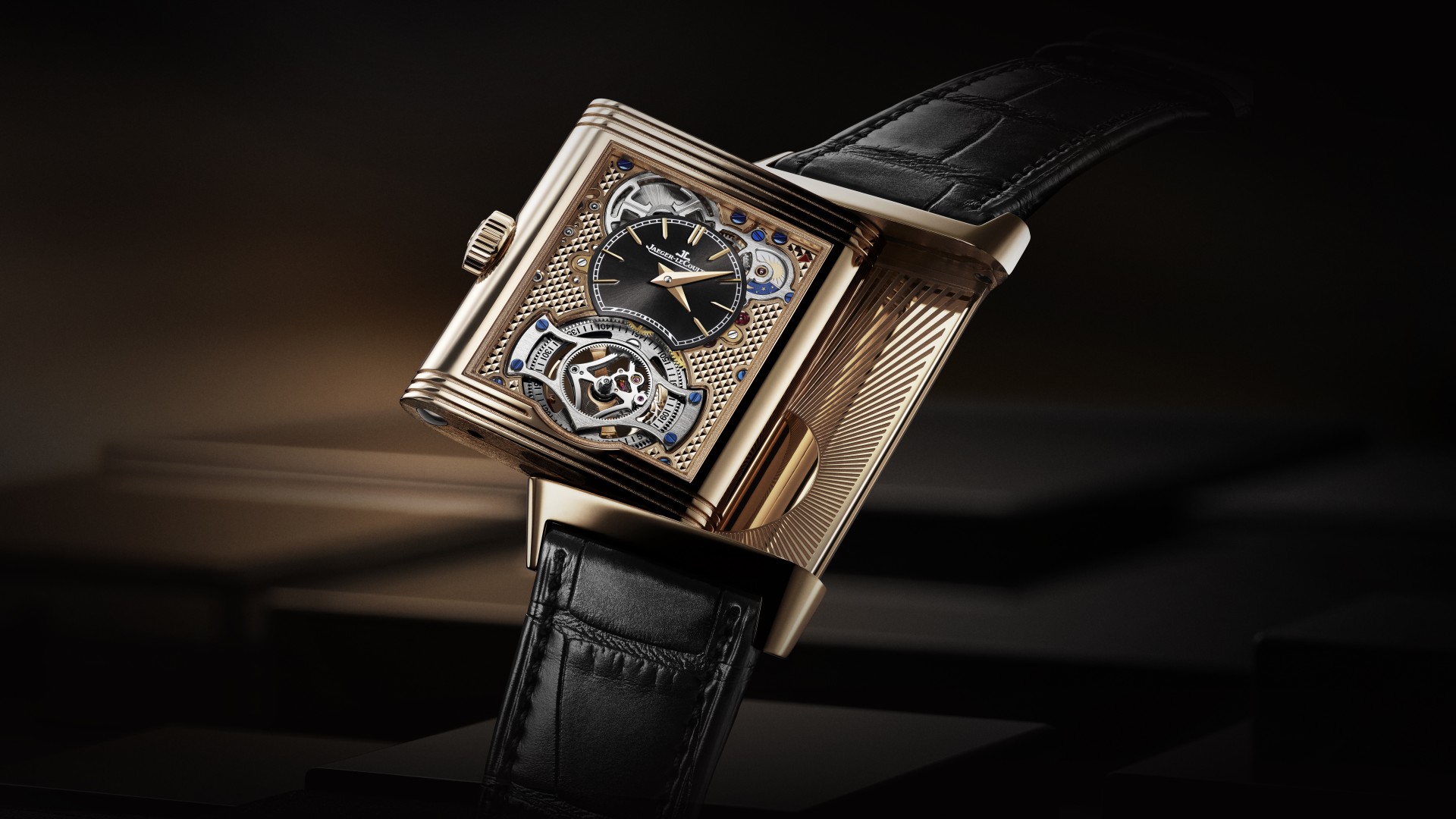Source: Images and content by JAEGER-LECOULTRE 2023 THE GOLDEN RATIO @ Jaeger LeCoultre.

A Long History
The inquiry into these mysteries began more than two millennia before Matila Ghyka’s writing: in 300 BC Euclid, in his Elements of Geometry, described what he termed “the extreme and mean ratio” – the first written definition of Phi. Even earlier, in the 6th century BC, the philosopher and mathematician Pythagoras examined the mystical properties of geometry, and the sculptor Phidias is said to have applied the Golden Ratio to the ornaments he made for the Parthenon, around 430 BC.
During the 12th century, Leonardo Pisano, better known as Fibonacci, set out the recurrence algorithm or number sequence that bears his name (0, 1, 1, 2, 3, 5, 8, 13, 21, 34, 55, 89…). Each number is obtained by the sum of the two previous ones and thus, when we divide each number by the previous number, we obtain a value close to Phi. Remarkably, it is this sequence that defines the golden spirals found in nature. Three centuries later, the astronomer Johannes Kepler revealed the indisputable correspondence between the divine proportion and the Fibonacci sequence.
In 1498, the treatise La Divina Proportione, by Luca Pacioli, with illustrations by Leonardo da Vinci, laid down the proportions to be respected in order to achieve supreme beauty, thus establishing the essential elements that have marked European history and art ever since.
Whether intentionally or through a natural instinct for beauty, great architects and artists have employed these proportions in their work since time immemorial – from the pyramids of Giza and the Babylonian Tablet of Shamash (888–885 BC) to the Gothic cathedral of Chartres and the 20th-century master Le Corbusier; from the great Renaissance artists, including Raphael, Botticelli and Michelangelo, to the Post-Impressionist Seurat and, later, Salvador Dalí, Piet Mondrian and the Section d’Or group of Cubist painters. Today, we see the proportion employed in many everyday objects, from the standard credit card to automotive designs and many brand logos.
The term golden section (goldener Schnitt) was first used in 1835 by the German mathematician Martin Ohm and popularised by the psychologist Adolf Zeising, who defined it as “the universal law in which is contained the ground-principle of all formative striving for beauty and completeness”.
Introducing New Reverso Models for 2023
At Watches and Wonders, Jaeger-LeCoultre introduces three new models to the Reverso Tribute collection – the standard-bearer for the Golden Ratio that governed the proportions of the Reverso designs of the early 1930s.








